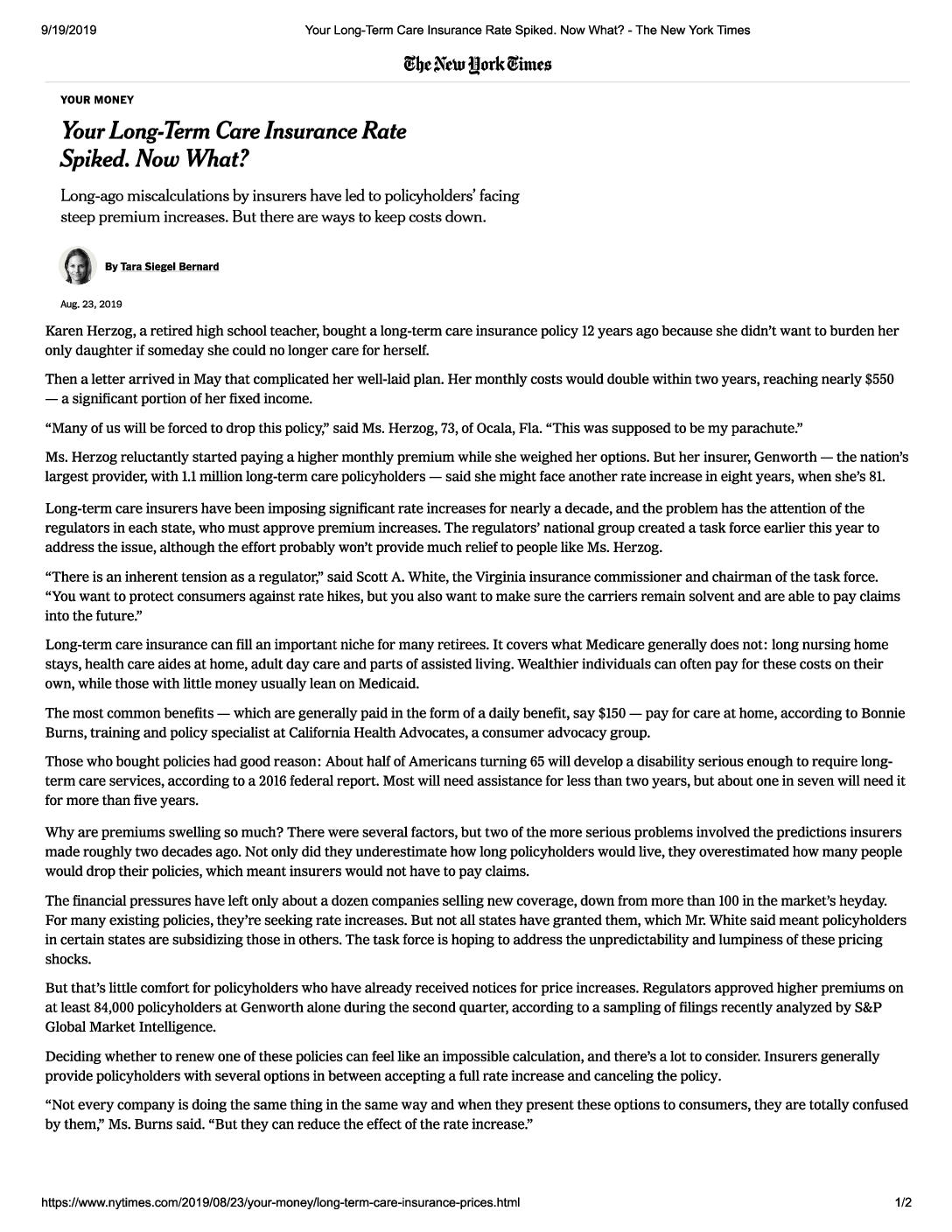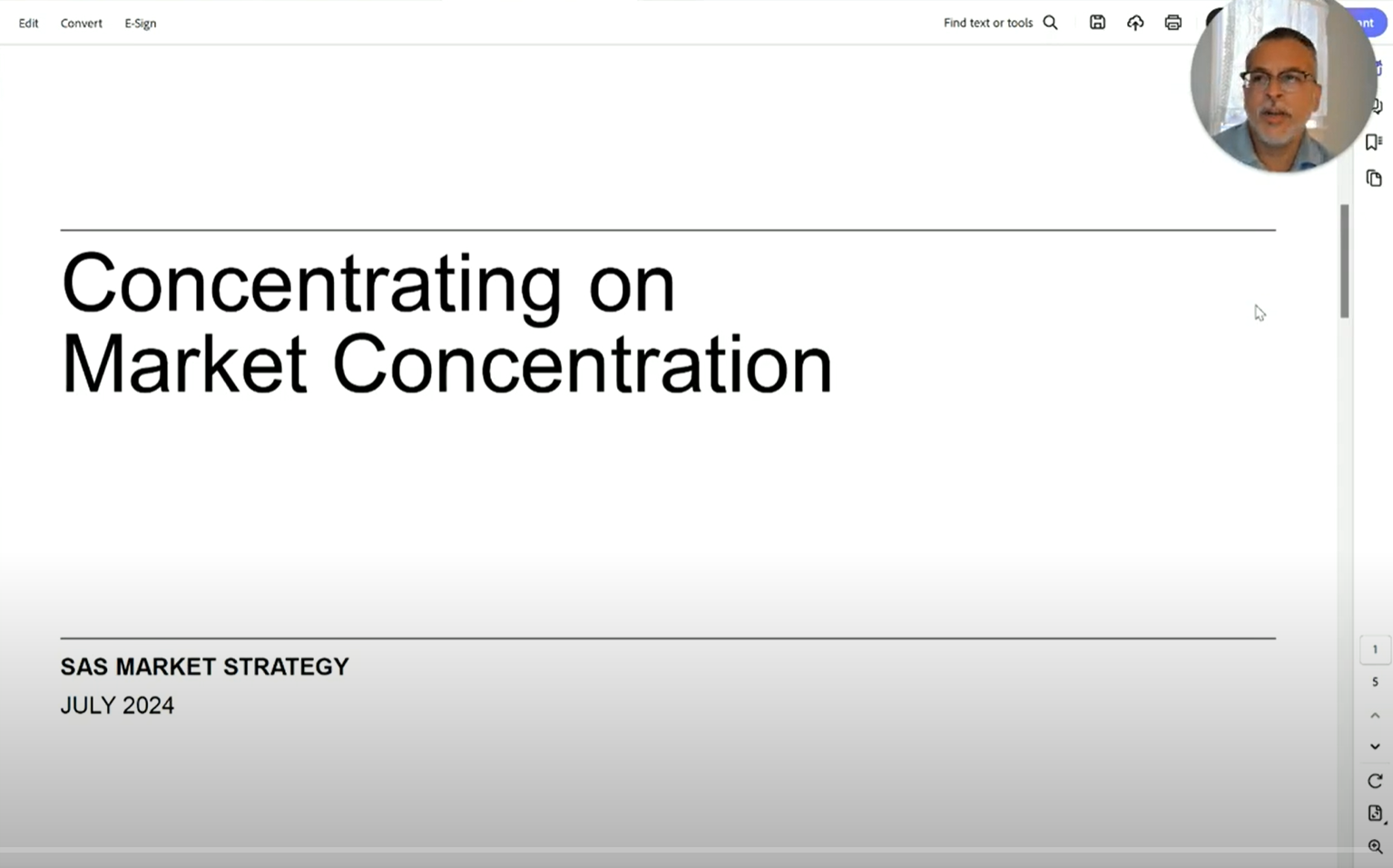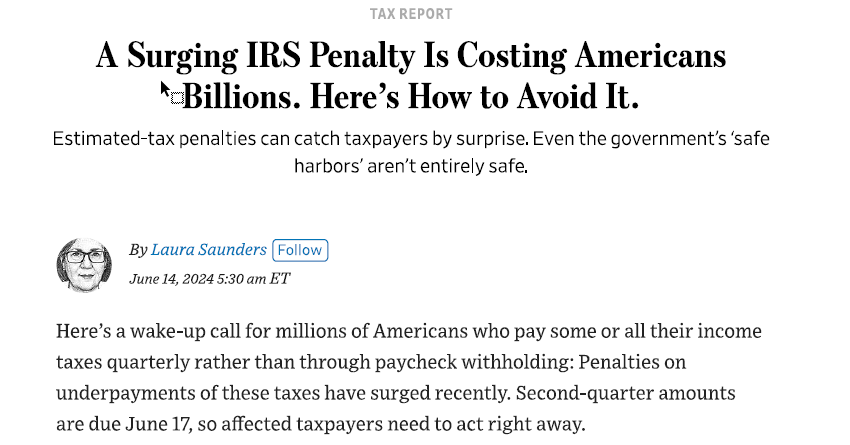You get a letter telling you your long-term care premiums are going up….again. What is the first thing you should do? Personally, I mutter some swear words about greedy insurance companies under my breath first.
After that, the next thing to do is take a step back. Revisit your overall situation and the reason for having the insurance going forward.
Here’s the steps we go through in that analysis:
- Does this coverage make sense given my current financial situation? (Hint: revisit your overall plan with your financial planner).
- If yes, move to question 2.
- If no – stop here and we should analyze why that is. Can you now afford to self-fund? Do you feel family members are now in a better position to take on the role of caregiver?
- Can I afford this new monthly premium?
- If yes, go to step 3.
- If no – stop here and we should analyze what your options are, there are ways to keep the premium down without dropping the coverage all together. I tend to agree with Michael Kitces (quoted in the article below). Start with the length of your benefit. If you have a really long benefit period that could be the first place to cut. Then, look at the current benefit amount and future inflation riders for other areas to cut costs. Know that the options laid out by the insurance company in the letter aren’t necessarily the only ones available to you. So, we should determine if a different path makes sense then call the insurance company to find out what the impact would be.
- Take a deep breath. Swear at the insurance company one more time. Then pay the premium.
- If you decide not to keep the policy let’s make sure you get any benefit you have earned up to this point before cancelling the policy. Many policies have a provision that you can at least get a small amount of benefit retained for all the years you did pay in.
Given the more difficult underwriting requirements, limited insurance companies offering coverage, and way higher cost of insuring a LTC issue, we come across far fewer people buying new policies than 15-20 years ago. One thing to keep in mind if you bought the policy 10+ years ago, based on current market rates even with a premium increase you are probably still getting a good deal (comparatively at least). If your health situation has changed since you bought the policy, it could be even more valuable to keep. Doesn’t make it feel any better when you write that premium check, but, we think it’s important to know.
One other potential benefit of having a LTC policy is that it essentially acts as an option for access to certain facilities. We often hear that the first question you will be asked when vetting an assisted living facility is “Do you have a LTC policy?”.
The first reaction whenever the cost of something goes up is to get a little pissed off. The prudent next step is to step back and analyze the right decision for you and your family going forward. The decisions you made in the past may have been right at the time. As our situation changes, so too may your need for the insurance. For some, dropping the coverage all together (potentially retaining some benefit for premiums already paid) is going to be the right choice. For many others however, keeping (and possibly modifying) the coverage you have at a higher cost is still likely the best path.















